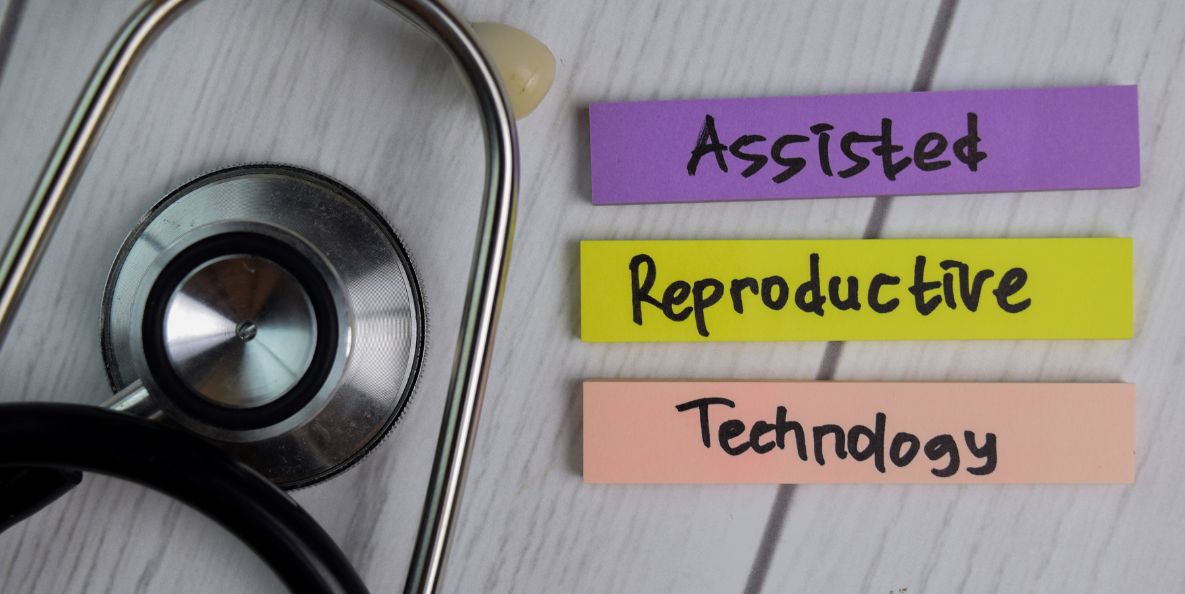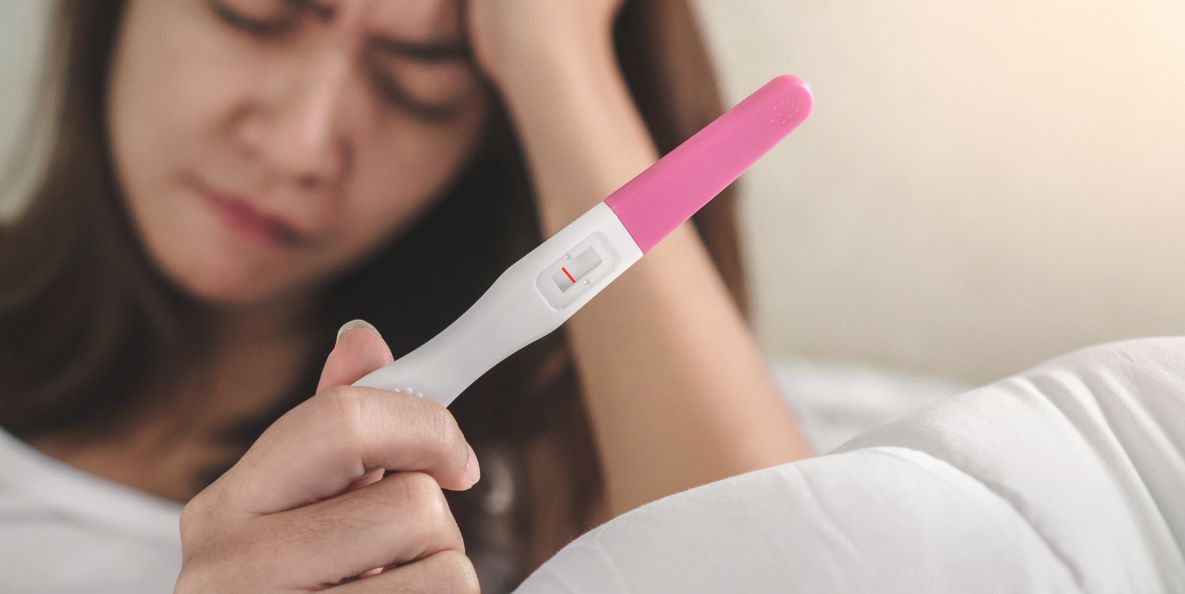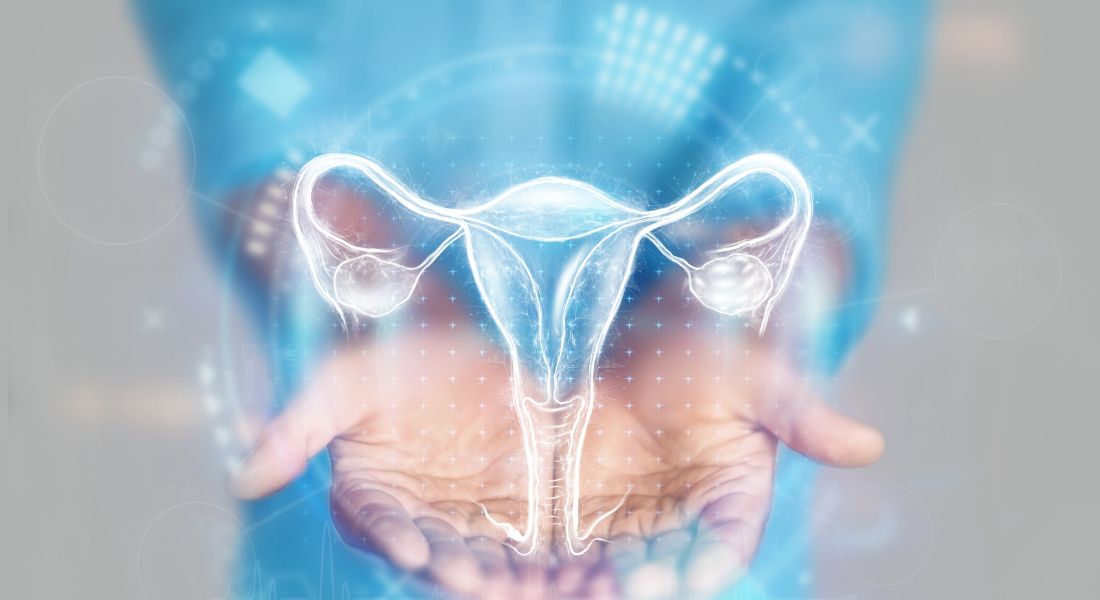Categories
The Ultimate Guide to Assisted Reproductive Technologies
Nov 02, 2022
Assisted reproductive technologies are the answer to many an infertile couple’s prayers. This guide takes a closer look at their types and how they work
In the last decade, assisted reproductive technologies (ART) have been advancing rapidly, seeding promise for once-infertile couples. If you’ve been struggling to get pregnant and are considering treatment, this guide gives you an insight into fertility solutions you can expect to discuss with your specialist. Remember that fertility programs are tailored to a couple’s individual needs and fertility profiles, so being open to discussing options with your specialist can help pave the way forward.
Looking for ICSI in Bangalore, Hyderabad, Delhi, Vijayawada or Chennai? Click here to learn about ICSI and other cutting-edge infertility treatments offered by BirthRight by Rainbow. Understanding assisted reproductive technologies
ART is a collection of methods, techniques and technologies used to help couples conceive. It is suited for couples facing infertility, women who cannot carry or deliver a baby without treatment, and couples who want to reduce the risk of their child inheriting a genetic disease.
Types of assisted reproductive technologies
ARTs span a wide spectrum, from basic medication to induce ovulation, to more complex routines such as intracytoplasmic sperm injectionand in vitro fertilization (IVF). Here are some technologies that fall under its umbrella.
Ovulation induction
What it is: Ovulation induction (OI) is a treatment used when ovulation is absent or inconsistent.
How it works: Hormone tablets or injections are administered to stimulate ovulation. The hormonal response is observed via ultrasound and, when the egg seems ready, a final injection is given to trigger its release. Couples are advised intercourse during the ovulation window to maximize the chances of conception.
Intrauterine insemination
What it is: Intrauterine insemination is a process classically used to combat sperm abnormalities or unexplained infertility.
How it works: Sperm from the male partner or sperm donor are injected into the woman’s uterus to coincide with ovulation. The technique can be employed during a woman’s natural menstrual cycle, or along with ovulation induction. IUI is usually a first-line treatment and may be succeeded by IVF or ICSI if a pregnancy is not achieved.
In vitro fertilization
What it is: In vitro fertilization, or IVF, is an assisted reproductive technique that involves the retrieval of eggs from the female partner (or egg donor) and sperm from the male partner (or sperm donor). Subsequent fertilization is achieved by inserting the sperm and eggs inside a petri dish. One or more of the resultant embryos are then placed inside the uterus for implantation.
How it works: IVF is a technique that involves hormonal injections to stimulate a woman’s (female partner or egg donor) ovaries to produce eggs. When the eggs reach maturity, they are retrieved and subsequently combined with the sperm of the male partner (or sperm donor) under a carefully controlled laboratory environment. About 3-5 days later, one or more embryos are placed inside the woman’s uterus through an embryo transfer routine. Some couples choose to freeze the remaining embryos for future cycles.
Intracytoplasmic sperm injection
What it is: Intracytoplasmic sperm injection (ICSI) mirrors the same steps as IVF, but is especially pointed at optimizing sperm quality in cases of male factor infertility.
How it works: After the retrieval of the eggs and the sperm, randomly selected sperm cells are injected into each egg to facilitate fertilization. This is different from an ordinary IVF process where sperm and eggs are placed together in a petri dish for fertilization. Intracytoplasmic morphologically selected sperm injection (IMSI) is a variation of ICSI where sperm are examined under a microscope to check for their quality. The strongest sperm is then selected and injected into an egg.
Preimplantation genetic diagnosis
What it is: Preimplantation genetic diagnosis (PGD) is a technique used to identify healthy embryos. It is helpful in eliminating embryos with faulty genes or compromised genetic material.
How it works: PGD follows the same initial steps as IVF. After the embryos are created, a few cells are extracted and examined for genetic flaws. Embryos with a sound genetic makeup are considered for transfer to the woman’s uterus.
Gestational surrogacy
What it is: Gestational surrogacy can be a blessing for women who are unable to carry a child to term. It lets couples grow their baby healthfully in another woman’s uterus.
How it works: The egg from the female partner (or egg donor) and sperm from the male partner (or sperm donor) are combined by way of IVF and the resultant embryo is transferred to the gestational carrier’s uterus for implantation. The child has no biological relation to the gestational carrier and there is a legally binding agreement that the child will be given to the parents upon birth.
With ART, many couples are achieving their dream of growing their family on their own terms. To learn about BirthRight by Rainbow’s services for ICSI in Bangalore, Hyderabad, Delhi, Vijayawada or Chennai, head over to the services page on our website.
Seeking out ICSI in Bangalore, Hyderabad, Delhi, Vijayawada or Chennai? Book an appointment to learn more about our infertility treatments here.











